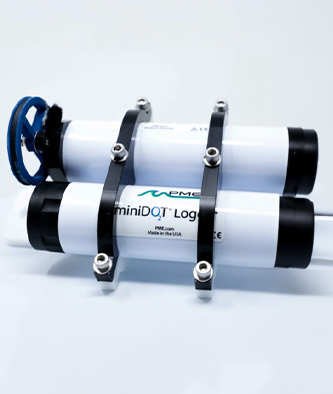

The WIPER is a self-contained, completely submersible, wiping devise that can be used with a variety of sensors. A small brush rotates over the sensor in order to perform a complete wipe of the sensor surface, and then rests away from the sensor to allow for accurate and continuous monitoring. An anti-fouling copper plate is also included with each wiper purchase.